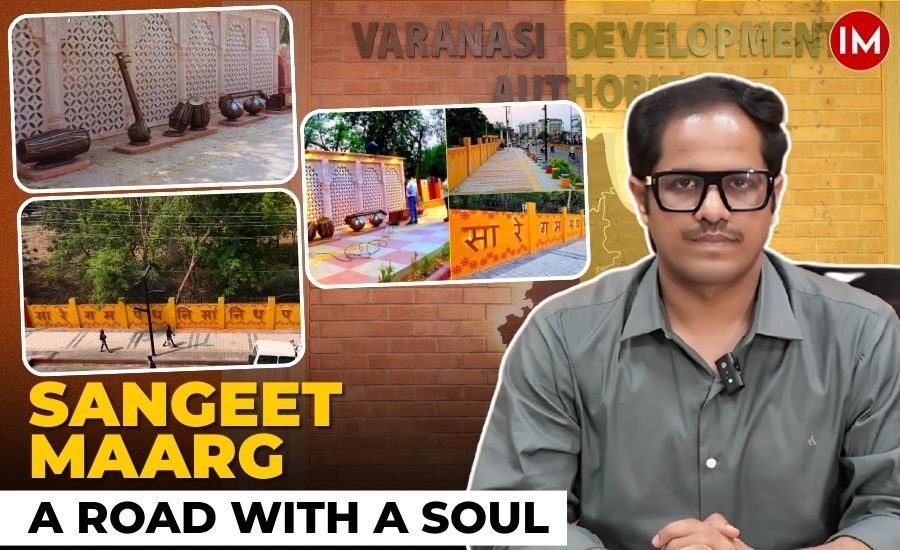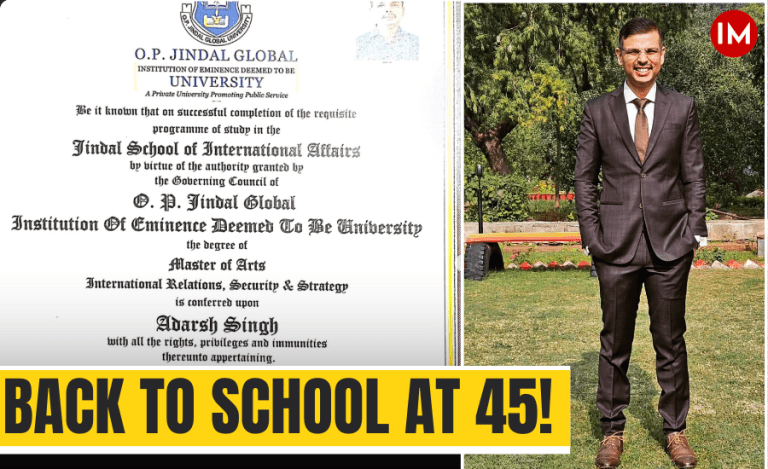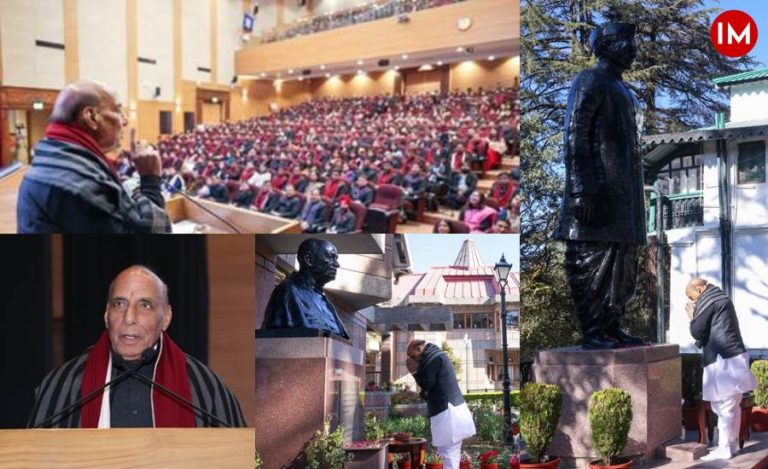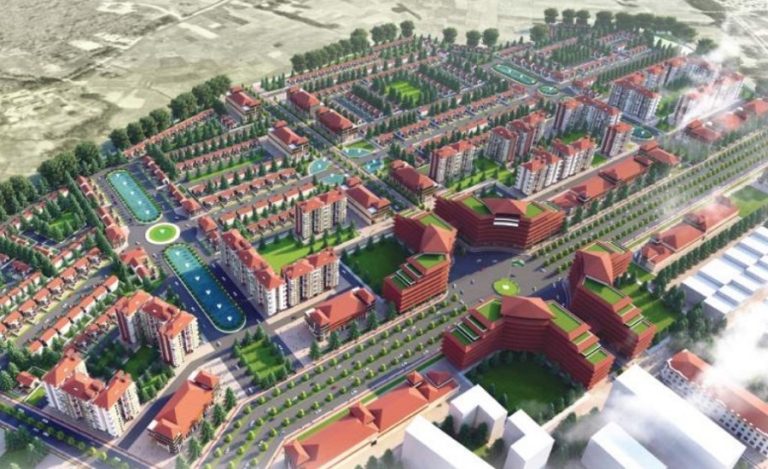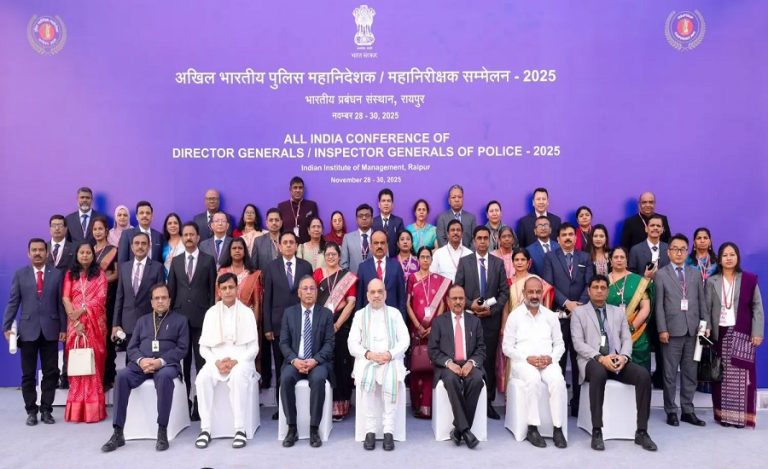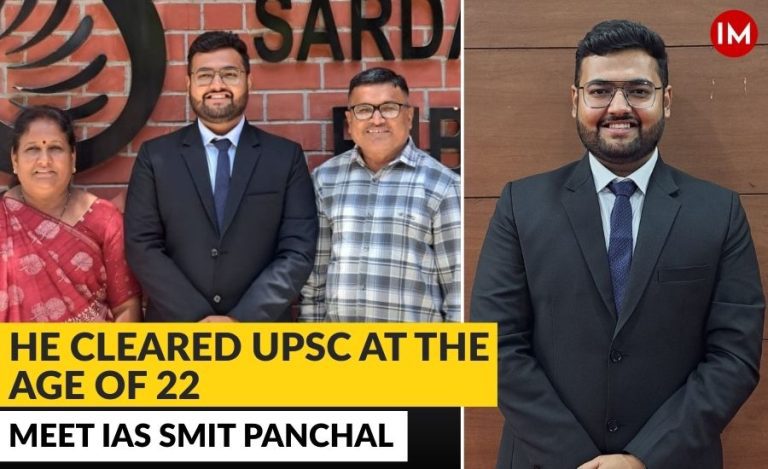Varanasi, with its ancient ghats and celebrated musical traditions, is often viewed as a city rooted in heritage. Yet it also faces the pressing challenge of creating safer and more inclusive urban spaces. One of the most striking recent efforts to address this is the transformation of Central Jail Road into Sangeet Maarg, a street that combines cultural pride with people-friendly design.
The initiative was carried out by the Varanasi Development Authority (VDA) under the leadership of IAS officer Pulkit Garg (2016 batch Uttar Pradesh cadre). His approach went beyond fixing a road; it sought to demonstrate how neglected stretches could become community spaces reflecting both modern needs and the city’s cultural essence.
FROM A NEGLECTED STRETCH TO A NEW VISION
For years, Central Jail Road lacked identity. Poor lighting made evenings unsafe, vehicles parked wherever space allowed, vendors operated without regulation, and an open drain contributed to the atmosphere of neglect. The street was functional but unwelcoming, particularly for women, children, and the elderly.
“When I attended a training programme under the Smart City Mission in Bengaluru, I was introduced to the idea of Healthy Streets—spaces that prioritise pedestrians and community life over vehicle movement. The concept stayed with me, and I identified Central Jail Road as a suitable pilot,” IAS Pulkit Garg told in a conversation with Indian Masterminds. Its wide right-of-way meant changes could be introduced without the resistance that usually arises in congested city lanes.
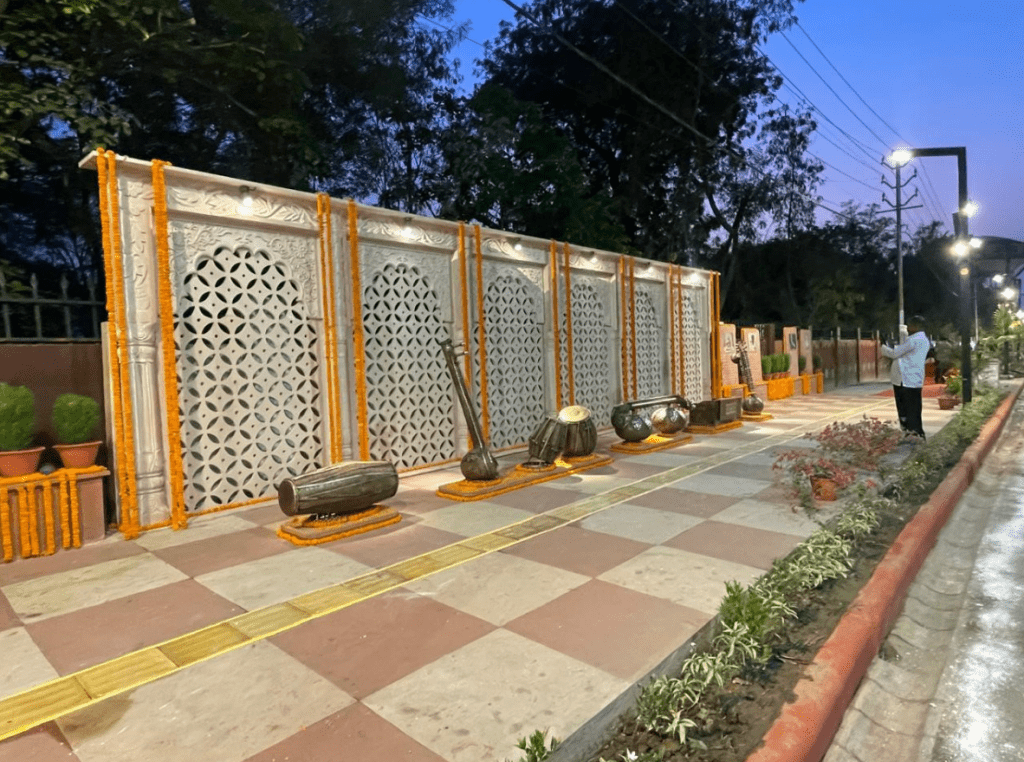
GIVING THE ROAD A CULTURAL SOUL
The redevelopment was not confined to physical improvements. The decision to rename the road Sangeet Maarg ensured it carried a distinct identity tied to Varanasi’s artistic legacy. The city is home to the famed Banaras Gharana of classical music, which has produced an extraordinary number of Padma awardees.
To honour this tradition, plaques now tell the stories of these maestros, while speakers installed along the stretch play their music from morning until evening. The result is a space where daily movement is accompanied by reminders of the city’s cultural richness. As Mr Garg puts it, the road was given “a soul through music and art so that it is not just a passage but a celebration of what Varanasi stands for.”
A STREET DESIGNED FOR PEOPLE AND NATURE
The redesign reimagined the street as a place to spend time, not just to pass through. Shaded benches provide resting spots for older citizens, tactile pathways guide the visually impaired, and open spaces allow children to play safely. Vendors have been provided designated zones to conduct business without obstructing movement, while organised parking prevents the chaos that once defined the area. Colourful bollards help manage pedestrian flow and double as seating.
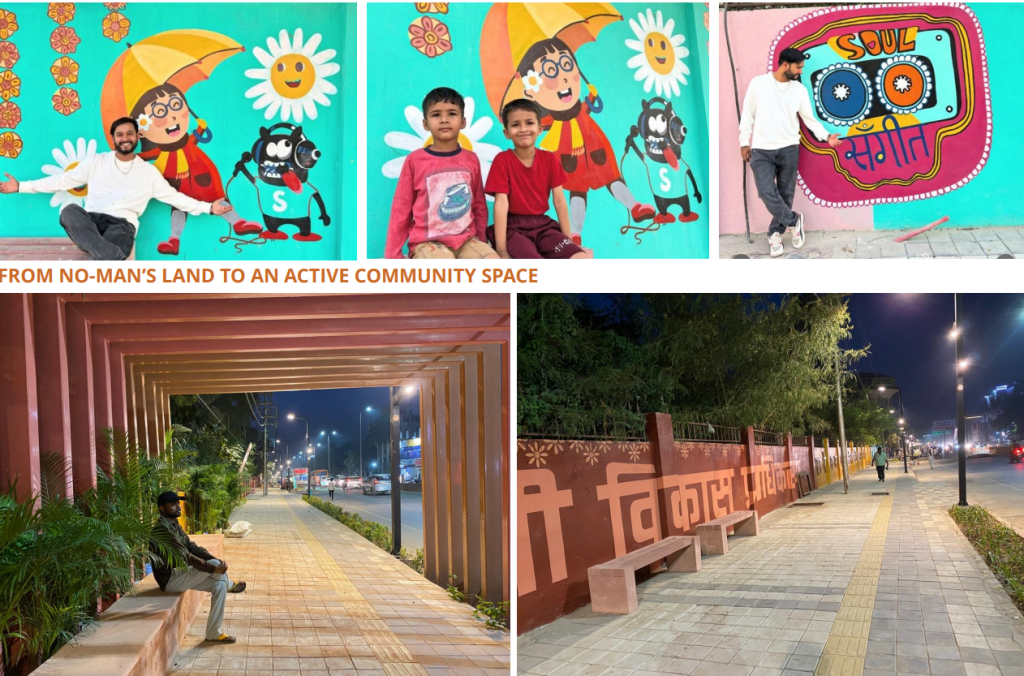
Environmental improvements added another dimension. Around 1,300 square metres of paved surface were converted into green patches planted with kadam, amaltas, champa, and terminalia trees. An additional 6,000 square metres were developed into public spaces, rainwater harvesting systems were introduced, and overhead cables were moved underground to declutter the skyline.
Aesthetic elements were carefully chosen to create a welcoming atmosphere. Soft arm lights illuminate evenings, trellises painted in gentle hues soften the view, and walls adorned with pink meenakari folk art add vibrancy. Some of these walls even carry embedded tunes, while selfie points and musical instruments invite people to interact with their surroundings.
Ex-army personnel have been deployed to ensure vendors stay in designated areas, vehicles are properly parked, and cleanliness is maintained.
HOW THE TRANSFORMATION WAS RECEIVED
The changes have been noticed both locally and at the state level. During a visit to Varanasi, Chief Minister Yogi Adityanath inspected Sangeet Maarg, praised the theme and design, and directed officials to replicate this model across other city roads.
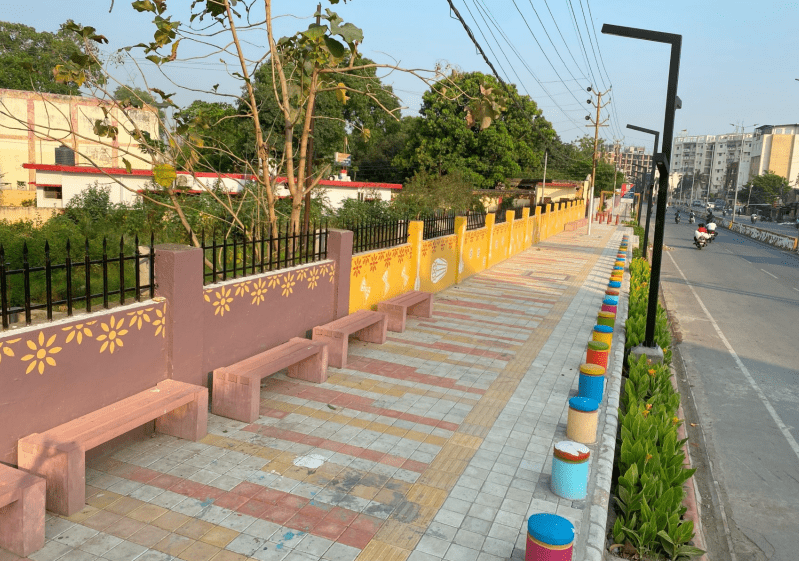
Residents too speak of a visible difference. People who often walk the road said evenings are now more enjoyable and safe. Vendors described it as the cleanest and best road in the area. Some remembered when the stretch was poorly lit and chaotic but appreciated how it now encourages people to sit, walk, and relax. An elderly woman recalled how unsafe it once felt after dusk but expressed relief that today it remains secure even late into the evening.
These voices underline how the project has reshaped everyday use of the space, turning what was once a neglected corridor into a valued public area.
“I want to create a model that other departments can follow. These roads are highly essential, and the public itself is now demanding similar projects in other areas. I have already taken up two or three such initiatives,” Mr Garg said.
Beyond music, theme-based development is being expanded across Varanasi:
- A road based on Vedic education is under construction.
- Another thematic stretch is coming based on legendary singer Girija Devi.
- Roads highlighting Banaras GI (Geographical Indication) products are also in the works.
BEYOND INFRASTRUCTURE
For Pulkit Garg, the significance of Sangeet Maarg lies in how it changes the relationship between people and their city. “Earlier, this was just a road where people passed without noticing anything,” Mr Garg shared with Indian Masterminds. “Now it offers convenience, safety, and beauty at every step. It has been designed as a place that brings smiles—whether through a shaded bench, a play area, or music in the air.”
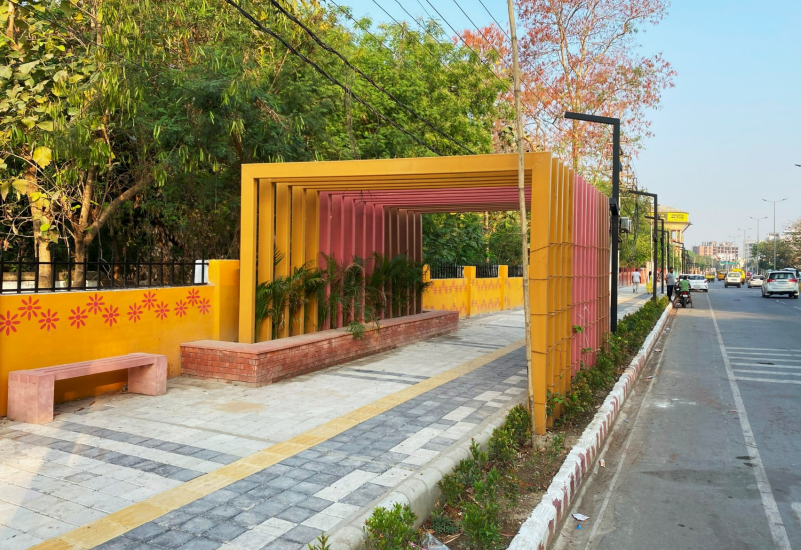
What began as an unremarkable stretch of asphalt has been reshaped into a cultural and social corridor. By weaving together accessibility, ecological care, and local heritage, the project shows that even a single road can redefine how urban spaces are experienced.
Sangeet Maarg today is not only a model for Varanasi but also a pointer to how Indian cities might create streets that are not merely thoroughfares but living, breathing spaces where identity and community converge.

